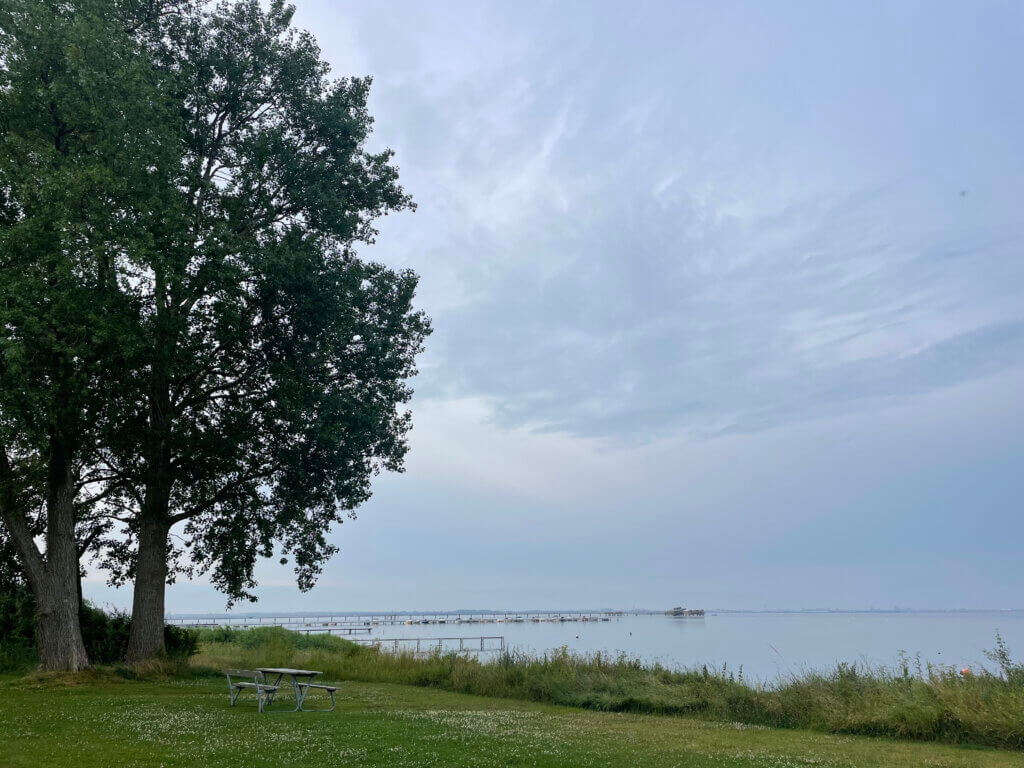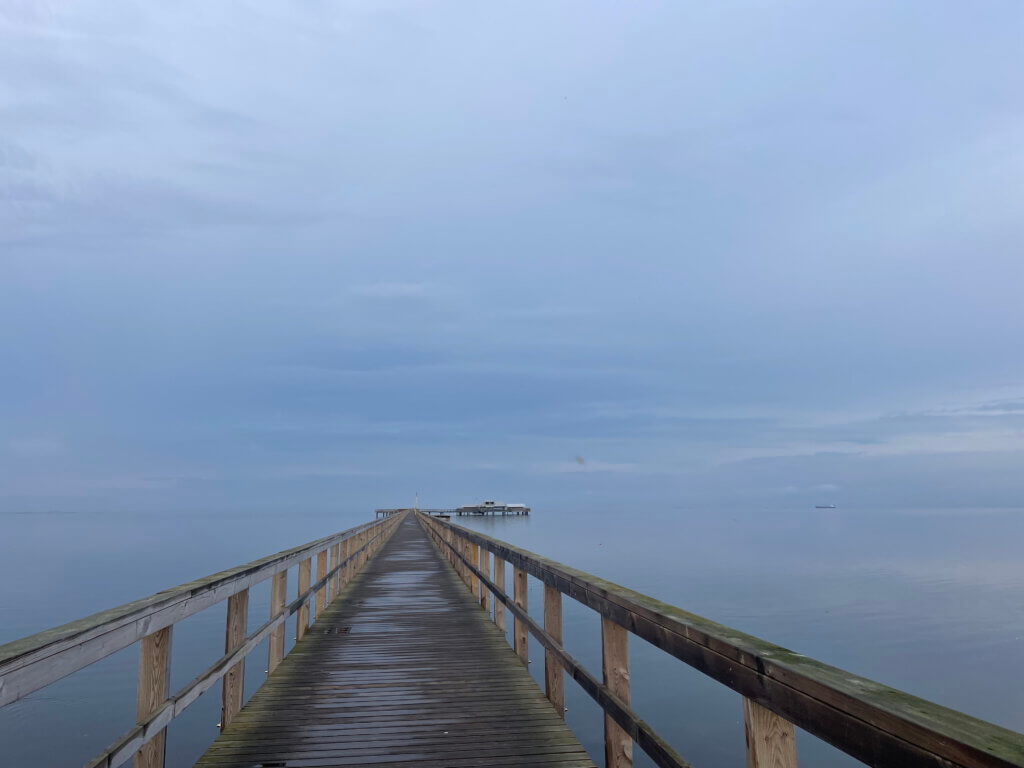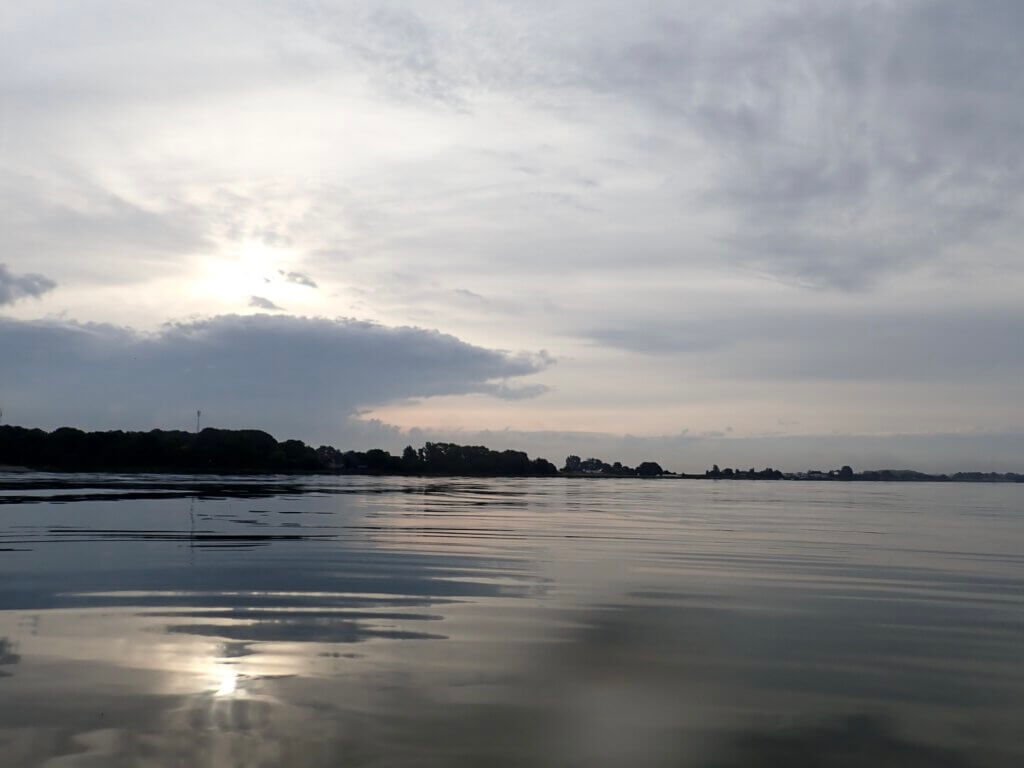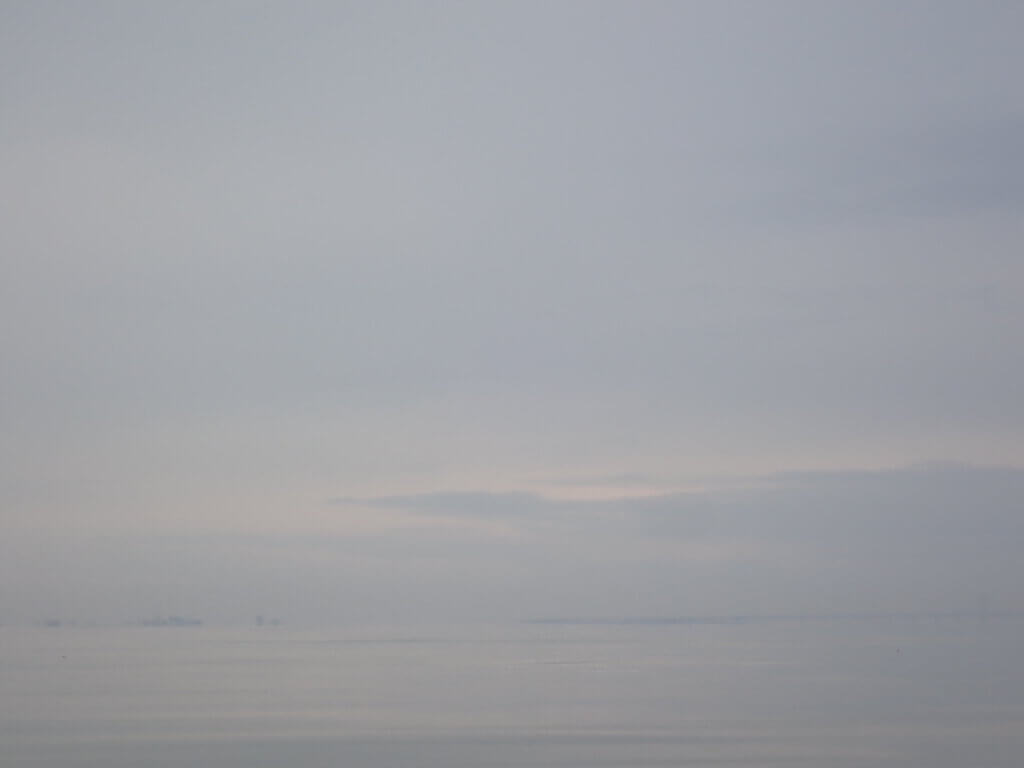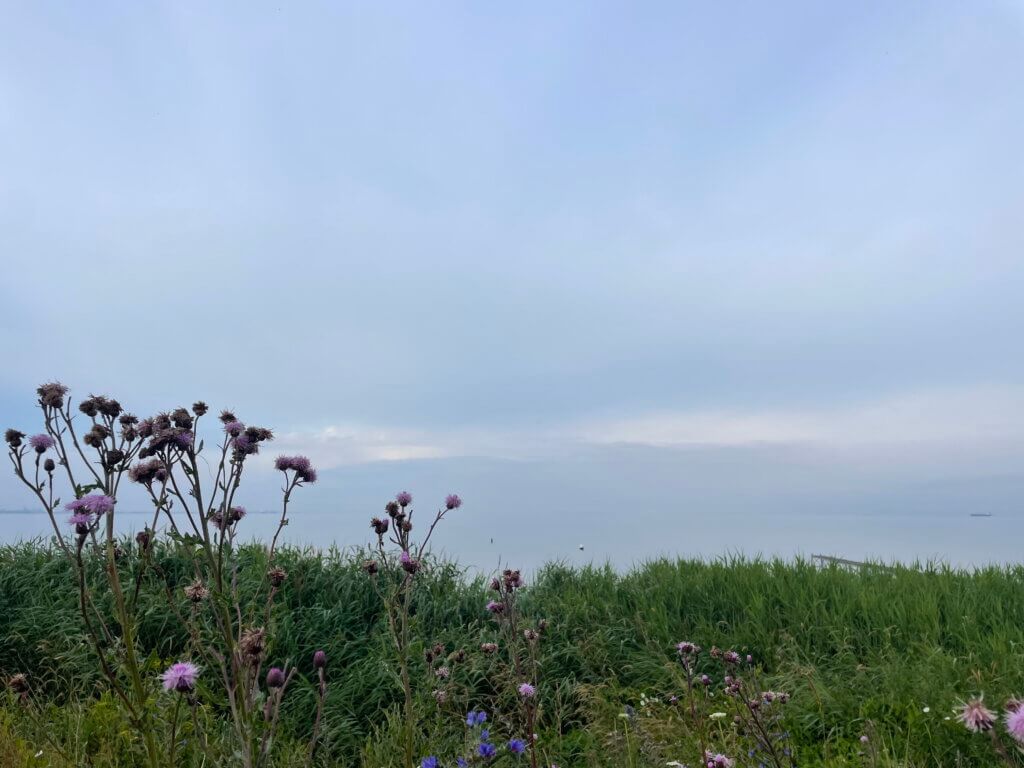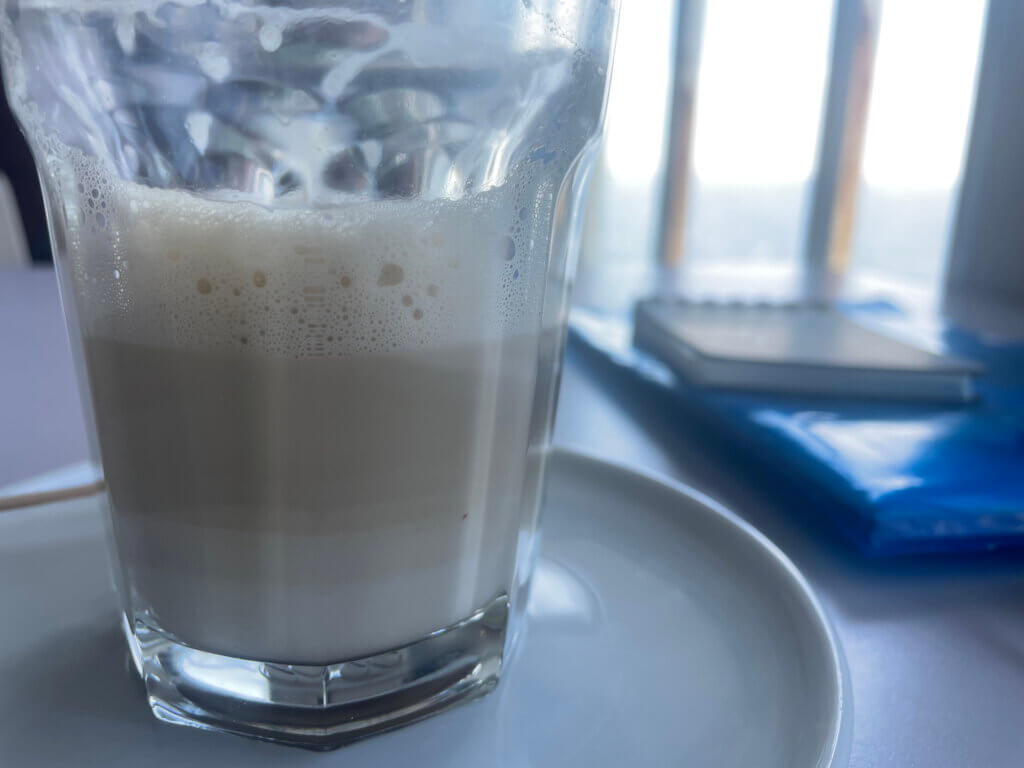
Currently reading Kahane (2025): “Everyday Habits for Transforming Systems: The Catalytic Power of Radical Engagement”
I found a new book that I would love to do a slow-reading book club on! I really enjoyed what we did with the Everyday Changemaker book, and I would love to read Kahane (2025)’s “Everyday habits for transforming systems” with a group of close colleagues so we can think through what it means for us (Kahane even provides discussion questions!), and put it into practice to unravel the whole damn cloth!
In the book, Kahane presents seven habits that he distilled from decades of working in systems transformation in peace negotiations in civil wars and conflict resolutions in other similarly dramatic contexts, and I am sharing my initial understanding and reflections below.
1. Acting responsibly
While this sounds so simple, it is really not. It is about understanding how whatever we are doing right now is contributing to the system being the way it is. Kahane (2025) writes that if we are not part of the problem (as in not exploring and acknowledging the role we are playing in it), we cannot be part of the solution. Responsibility is also towards all our relations, towards the planet, not just towards a family or other limited group, or towards the expectations of a professional role.
2. Relating in Three Dimensions
For this habit, Kahane explains that we can relate to others in three dimensions: As fellow humans, as fellow parties, and as fellow role-players or actors. I had quite a hard time relating to that, because I typically try to relate to others as fellow humans. In cases where I have to act in a role — for example workshop lead, speaker, etc — I try to be clear about what I do as part of my role and how that relates to me as a human, and to the others as humans. But the “fellow parties” thing is something that I very much try to avoid. The descriptions also don’t sound appealing at all: wolves fighting each other for dominance, or negotiators being focussed on the good of the part rather than the whole, focus on personal and institutional interests. To me, it sounds selfish and not like something I want to do. Yet, Kahane (2025) makes the point that this is an important dimension and advises to “engage with emphasis on the dimension(s) that you’ve been neglecting“. And I can see that I have gotten feedback that people were missing that dimension from me, when they for example demanded loyalty to some random unit and I wanted to focus on fellow humans and the roles we are in. So clearly I have stuff to think about here! But as of right now, I am really not convinced that loyalty to some group, not because it is earned over time, but because of birth or contracts with the same employer or having attended the same school, is desirable.
3. Looking for what’s unseen
This habit resonated with me: meeting up with “unlikely” people (in the sense of what would be preferred due to social homophily) to get to know them and their perspectives on the problem at hand. And a small sidenote but important in the context of my job: when interviewing, writing down what seems important to the interviewee, not just what sounds important to the interviewer in the moment!
This habit is also really important if we want to see how we are contributing to the problem in order to act responsibly (habit 1).
4. Working with cracks
This habit I liked a lot: Be on the lookout for where the existing system is cracking already, and use those to make changes! I like this idea of working with the material, being prepared for if and when certain opportunities open up. I also like the image it evokes in me: Water trickling into a tiny crack and then freezing and expanding to break off a big boulder. Cleverly working with nature, with processes that are happening anyway, to transform something bigger.
It also reminds me of the advice we got in the Leading Educational Change course a while ago — be prepared for when specific opportunities present themselves, and have a plan ready to implement if the window opens.
5. Experimenting a way forward
This one I like a lot, too — we have to feel our way forward. Systems transformation is unpredictable and while we might have a vision for the future, it is not clear how we’ll get there in complex systems and wicked problems. So we need to get creative — create what does not yet exist — and course-correct along the way. Or, as Kahane writes, “engage to systematically try out new possibilities“. Be willing to write the 100 bad drafts that it takes to write a good text.
6. Collaborating with unlike others
…”and usually not only with friends and colleagues but also with strangers and opponents“, which makes it especially difficult and necessary to “work[…] with, through, and around our differences“. Here, Kahane (2025) points out the two meanings of collaborating — working together, but also sometimes working with the enemy. And sometimes, we need to realise that those that we perceive to be the enemy might be who we have to work together with if we want to act responsibly.
7. Persevering and resting
This habit reminded me a lot of the main insights I drew out of the Everyday Changemaker book — we need to move with urgency AND patience, and feel our way forward while making sure we take care of ourselves at the same time. Whatever system we want to transform, the process will likely be a marathon, not a sprint, and we need to manage our energy (not only our time!).
So this is my summary!
What I really enjoyed about the book is how each habit chapter explicitly builds on the previous ones, by repeating the earlier habits in other words and connecting them to the new habit. This really makes the point that the habits are not disconnected and shouldn’t be treated as if one could only pick one and be good, but that they are really an interrelated practice.
I also really enjoyed the exercises at the end of each habit chapter for how this habit can be developed over time and — importantly — in conversations with others. So I am hoping that I can convince my colleagues to read and practice this with me! :-)
Kahane, Adam (2025), Everyday Habits for Transforming Systems: The Catalytic Power of Radical Engagement, 200 pages, Berrett-Koehler Publishers
On the featured image, you see the book front cover in front of a rainy train window, looking out onto Öresundet from the bridge: I read this book on a travel day on the train to Germany. But before I started this day of “training” (haha, thanks, Alex), I went for a morning dip. As one does.
My favourite picknick bench at all seasons…
Really calm morning!
Love it when it’s so calm that the water looks almost oily!
The sandy seafloor with the ripples that show that it’s not always this calm…
Malmö and the start of the Öresundsbrige in the far distance.
You can hardly see the horizon in the blue-in-blue…
And back at my favourite picknick bench, this time seen from an unusual perspective on the way back.
….and a week later, I am finishing up this post on the ferry on the way back home!
…and I am watching layers form in my latte :-D (and the sea is way too bright in the window…)
